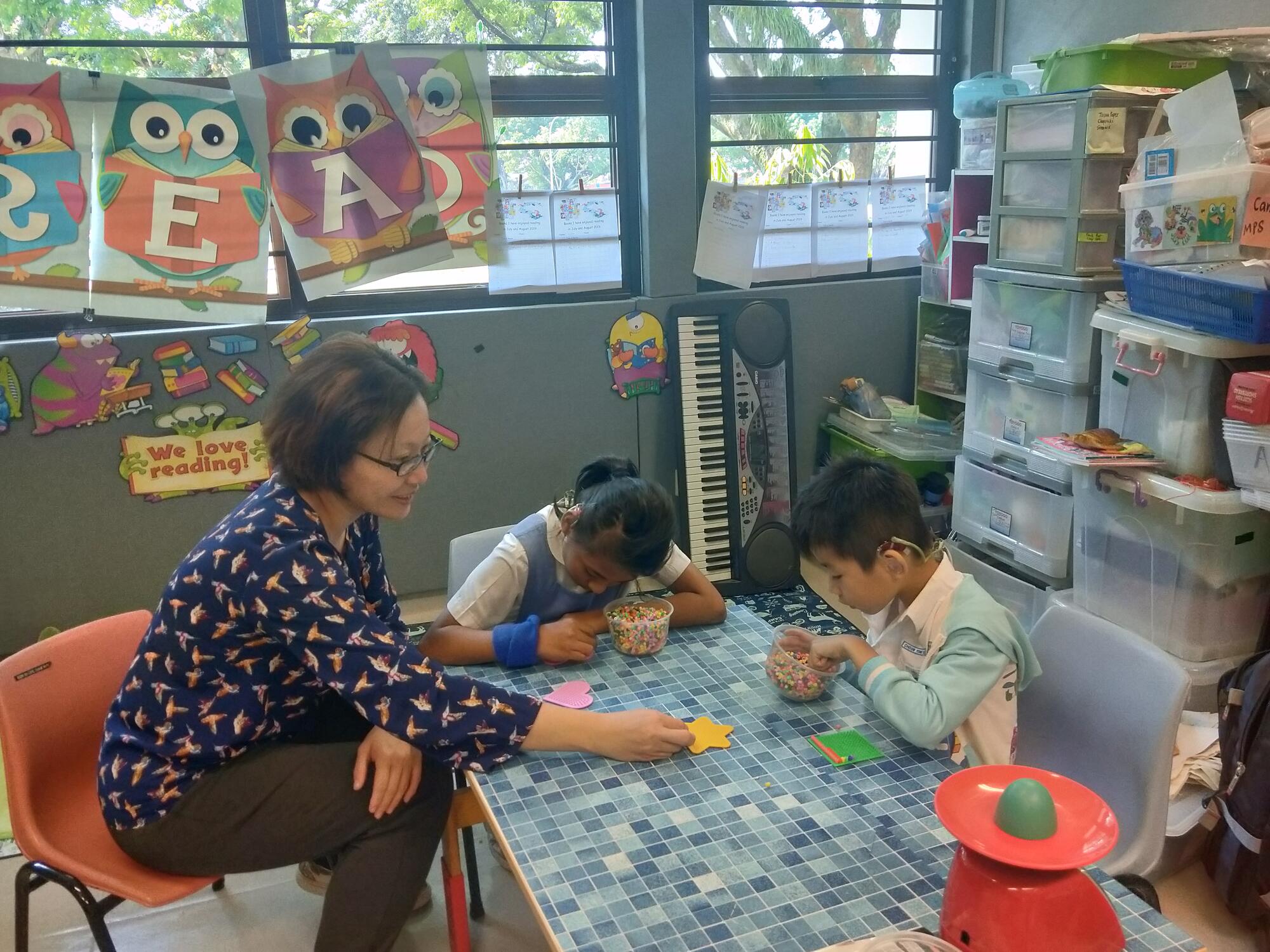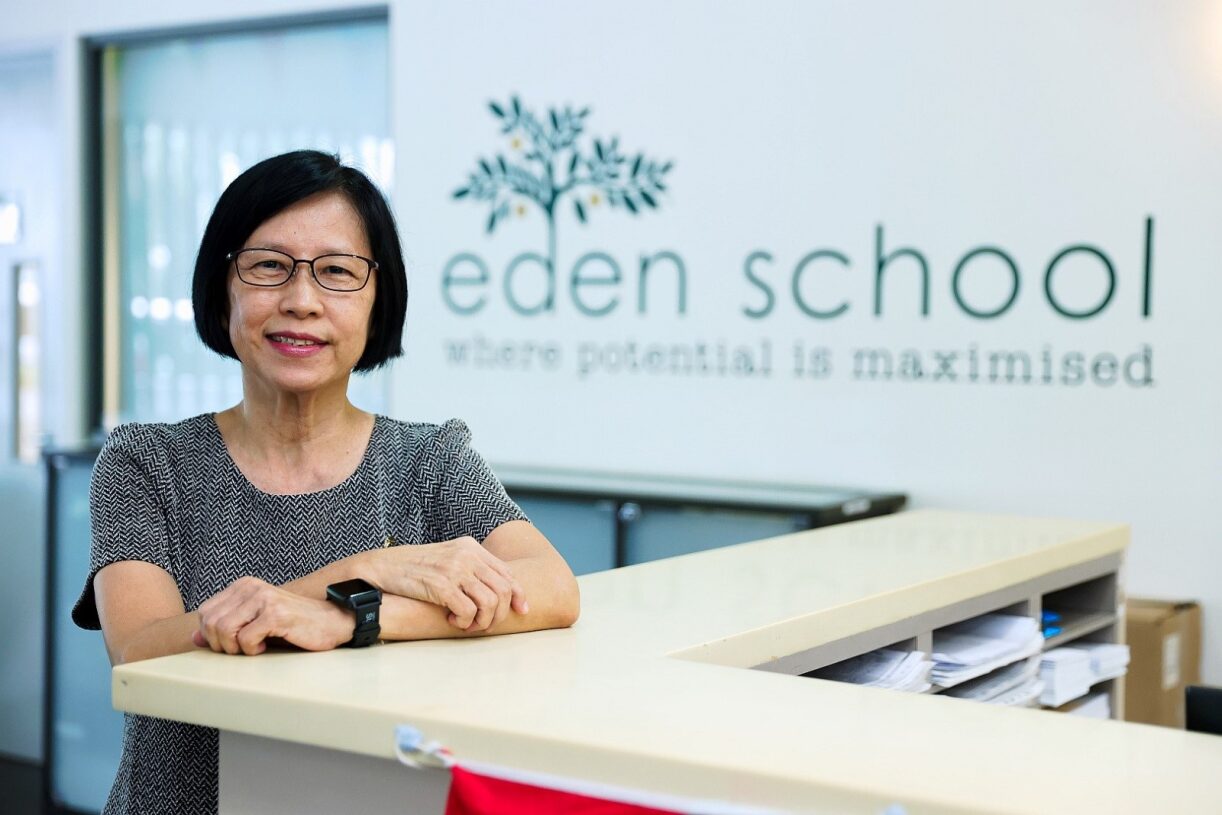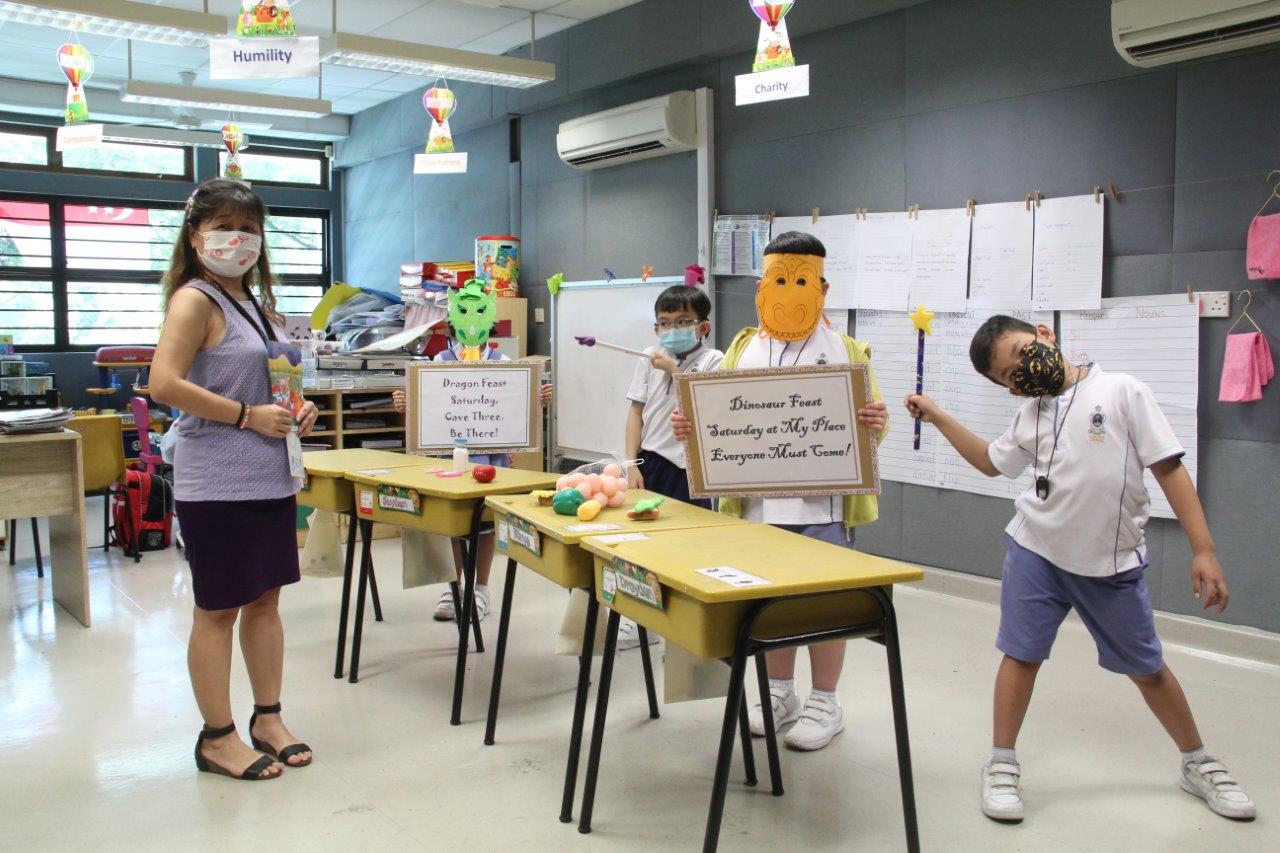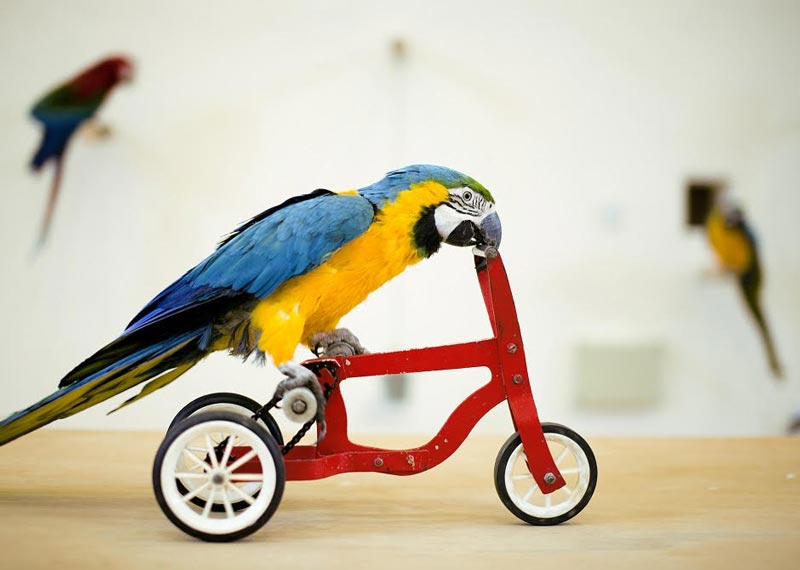Art that speaks to the heart
Over the last 13 years, Ms Serena Lee has been making a difference to her students through art.
As the Art Coordinator at Canossian School, Ms Lee uses the activities in the art programme – clay work, beads craft, painting – to help her students blossom. In fact, Art is a combined CCA with the satellite partner school, Canossa Catholic Primary School, and Ms Lee teaches Art in both schools.
Mrs Faris Toh, mother of student Ee Kang, says, “Ms Lee is a capable, kind and compassionate teacher. She taught Ee Kang to be optimistic, to never give up!”
Ee Kang has bilateral mild high-frequency hearing loss and is fitted with hearing aids in both ears. As his teacher, Ms Lee helped him deal with his frequent episodes of anger management and anxieties.
Ms Lee focuses on each child’s strengths and abilities, and works closely with their families to help the students develop self-worth and progress in school. Another student who benefited from Ms Lee’s dedication is Shameem.
Shameem, a student at the school from 2013 to 2018, has profound sensorineural hearing loss in both ears. He has a cochlear implant and uses a hearing aid. His speech used to be unclear and he would use gestures with disjointed sentences to express himself. This caused frustration on his part as well as for those who interact with him.
The struggle to express himself and to be understood by others may have contributed to Shameem’s disruptive behaviour. He would appear to be defiant and did not always take to being reprimanded by teachers. He also had a tendency to get into scraps with other children on the school bus.
Ms Lee recognised that Shameem was deliberately seeking attention through his disruptive ways, which had an impact on his ability to focus and learn in school. She felt that it was important for him to feel understood, accepted and safe in the classroom environment. She helped him understand and express his emotions through art. Shameem often chose to draw, do beads craft and clay work. Such activities helped Shameem communicate difficult issues, reduce stress and calm his emotions.
She also realised that visual resources like PowerPoint slides, videos, pictures and charts were very useful and effective in communicating information to him. He learned best through activities like role-play and multiplication memory games. To cater to Shameem’s short attention span, Ms Lee set up bite-sized tasks at learning corners to make learning fun. For example, when teaching about magnets, Ms Lee designed different experiments on magnets for him and his classmates to explore, observe and learn at the Science leaning corner.
Shameem has become a more confident student, and he is currently studying at a special education secondary school and doing well in that school.
Mr Mohamed Mustaffa, uncle and also caregiver of Shameem, says, “Ms Lee is always reliable not only during school hours but beyond and is approachable for any help.”
Guiding light

Ms Shazzana strikes a pose with Haely.
During her university years, Ms Shazzana Shahar was a part-time supervisor at Starbucks. One of her responsibilities was to train job coaches who would in turn teach barista skills to clients with special needs.
In her interactions with the job coaches, she was inspired by their dedication to equip those with special needs with life skills. Upon graduation, she decided to join Rainbow Centre Yishun Park School in 2014.
Five years on, she believes that this was the right decision, as it has enabled her to make a difference in the lives of her students.
One of the students she works very closely with is Haely Ilhaziq Bin Helmy. He is a 9-year-old who has Autism Spectrum Disorder (ASD). Haely speaks well and has a strong interest in Geography. He has clear ideas of how he wants his day to go, but if that does not happen, he gets upset. Cognitive rigidity is a core feature in autism. When this happens, Haely sits on the floor, roots himself down and refuses to move.
Ms Shazzana built a close relationship with Haely and tried to understand what motivated him. She does this for all her students.
To help Haely, Ms Shazzana gave him self-regulatory tools like the Zones of Regulation, which is a systematic and cognitive approach that categorises emotions into four coloured zones. With this, Haely can better recognise his emotions and try to control his responses to the situation.
She also worked with Haely’s mother, Ms Ilsa Juliana, to come up with positive reinforcements for him to work towards as part of his positive behaviour support.
Slowly, Haely began to show progress in being able to control his emotions better. He is now able to share how he feels using the Zones of Regulation, talks to an adult about his feelings and uses a fidget toy to regulate his behaviour, if necessary.
Once, Haely told Ms Shazzana and her co-teacher, “I want you to be my teacher again next year.” It is moments like these that keeps her going. Other moments that motivates her as a SPED educator are little things like, when a student has finally mastered the first step of a 10-step tooth-brushing routine or has had one good day after having none for the past few weeks.
These small moments serve as a guiding light for her, encouraging her to press on to make an impact in the lives of her students.






